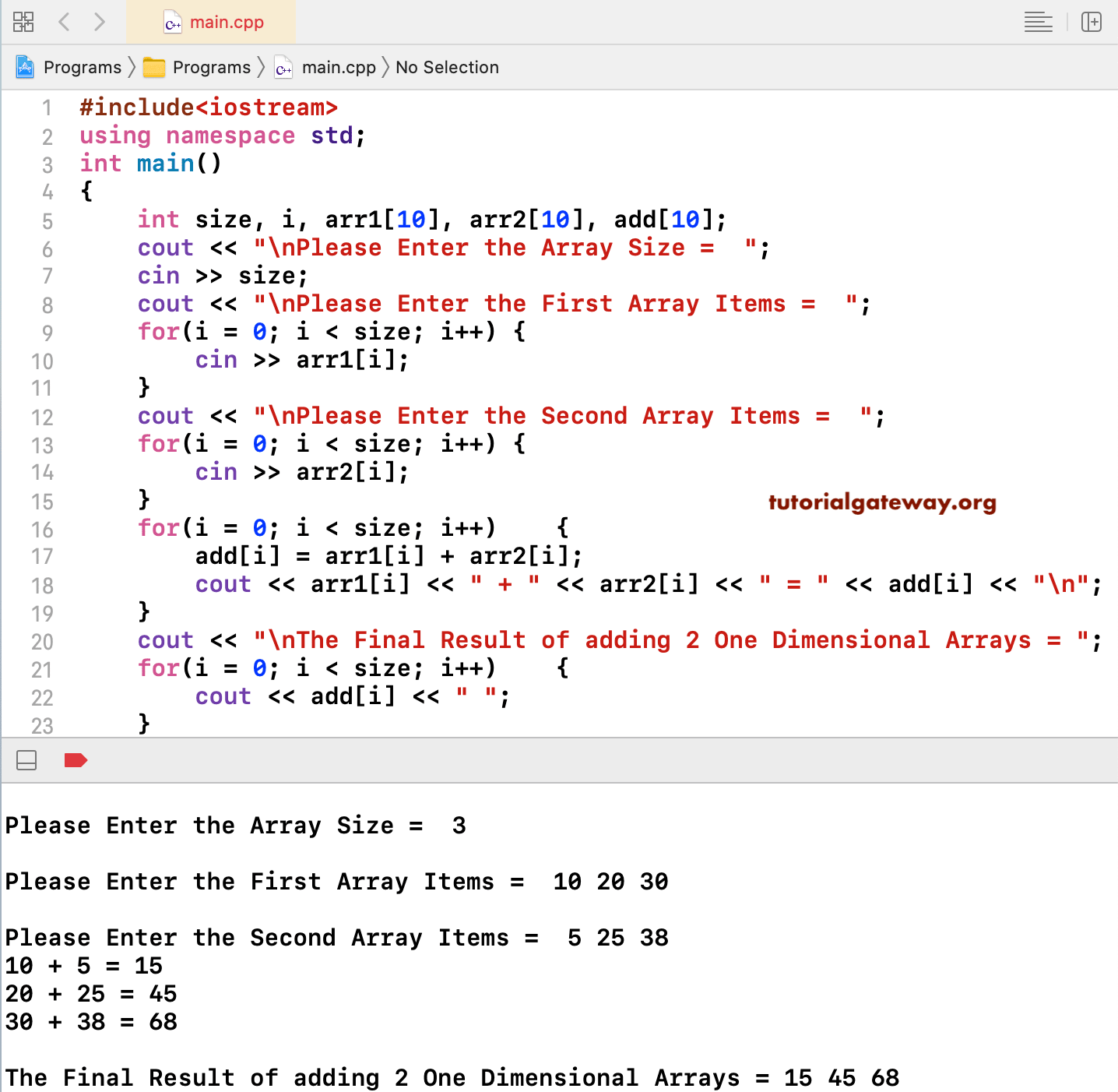Python Multiply Two 1d Arrays
Arr nparray0 1 2 3 4 5 6 7 8 9 Convert 1D array to a 2D numpy array of 2 rows and 3 columns arr_2d npreshapearr 2 5 printarr_2d Output. B numpyarray 123 Then you can transpose your array easily.

Numpy Matrix Multiplication Journaldev
Numpymultiply function is used when we want to compute the multiplication of two array.
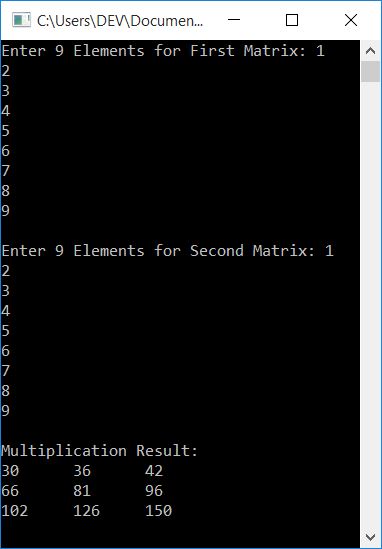
Python multiply two 1d arrays. 1 2 3 4 5 1 2 3 4 5 5 1 5 1 2 3 4 5 1 2 3 4 5. 102030 405060 Pictorial Presentation. If you add an axis it will multiply the way you want.
Lets say you have 2 arrays that need to be multiplied by scalar n. Array_like or scalar1st Input array. Specifically the first multiplication will be between A 0 and B 0 the second multiplication will be between A 1 and B 1 and finally the third multiplication will be between A 2 and B 2.
The first method is using the numpymultiply and the second method is using asterisk sign. In this example we will import numpy library and use arange function to crate a one dimensional numpy array. M c npnewaxis array 0 0 0 4 5 6 14 16 18 You could also transpose twice.
MT cT array 0 0 0 4 5 6 14 16 18 Solution 2. In this article you will learn how to multiply array by scalar in python. How to multiply array by scalar in python.
Write a NumPy program to convert in sequence depth wise along third axis two 1-D arrays into a 2-D array. 0 1 2 3 4 5 6 7 8 9 We passed the 1D array as the first argument and the new shape ie. Multiplication of 1D array array_1d_a nparray 10 20 30 array_1d_b nparray 40 50 60.
The matrix multiplication between these two will involve three multiplications between corresponding 2D matrices of A and B having shapes 32 and 24 respectively. Notice how the result is a vector of length equal to the rows of the multiplier matrix. Array Object Exercise-60 with Solution.
The result is a matrix containing the comparison of each combination of elements from the vectors. 17 hours agoPython compare two lists element wise. Multiplication with another matrix.
It returned a 2D view of the passed array. Suppose we have listA 47291 listA would be equal to listB if and only if all To check if all elements in list are same you can compare the number of occurrences of any elements in the list with the length of the list. For 1D arrays it is the inner product of the vectors.
Numpymultiply arr1 arr2 outNone whereTrue castingsame_kind orderK dtypeNone subokTrue signature extobj ufunc multiply Parameters. And then transpose the 2-D matrix using designated functions. It performs dot product over 2 D arrays by considering them as matrices.
Sample Solution- Python Code. Import numpy as np a nparray1 2 3 4 5 6 7 8 9 b nparray10 20 30 printA a printb b printAb npmatmulab Output. Numpy multiply array by scalar.
A tuple 2 5 as the second argument. A nparray1 2 3 b nparray2 1 1. Ini_array1 nparray 1 2 3 2 4 5 1 2 3 ini_array2 nparray 0 2 3 printinitial array strini_array1 result ini_array1 ini_array2 npnewaxis printNew resulting array.
Create 1D Numpy Array using linspace function. It returns the product of arr1 and arr2 element-wise. Using npnewaxis import numpy as np.
Array1 nparray 1 2 3 array2 nparray 1 2 3 4 n 5. In this section I will discuss two methods for doing element wise array multiplication for both 1D and 2D. Sum by rows and by columns.
Element-Wise Multiplication of NumPy Arrays with the Asterisk Operator If you start with two NumPy arrays a and b instead of two lists you can simply use the asterisk operator to multiply a b element-wise and get the same result. It calculates the product between the two arrays say x1 and x2 element-wise. Import numpy as np create numpy array a nparange5 14 2 printa Run.
Refer to the following code for a better explanation. The numpydot function accepts two numpy arrays as arguments computes their dot product and returns the result. X nparray 1 1 2 2 x array 1 1 2 2 xsumaxis0 columns first dimension array 3 3 x 0sum x 1sum 3 3 xsumaxis1 rows second dimension array 2 4 x0 sum x1 sum 2 4 Tip.
BbT 1 2 3 2 4 6 3 6 9 Another way is to force reshape your vector like this. BT array 1 2 3 And you can also do the multiplication. Import numpy as np a 1 2 3 4 5 b nparraya c nparraya printb printc printbshape printcshape printbT printcT Output.
The numpy multiply function calculates the product between the two numpy arrays. An even easier way is to define your array like this. Hence performing matrix multiplication.
The numpymultiply is a universal function ie supports several parameters that allow you to optimize its work depending on the specifics of the algorithm. Output 5 7 9 11 13 Array starts with 5 and continues till 14 in the interval of 2. Syntax of Numpy Multiply.

Numpy Dot Example Np Dot In Python Matrix Multiplication Crash Course Basic Concepts
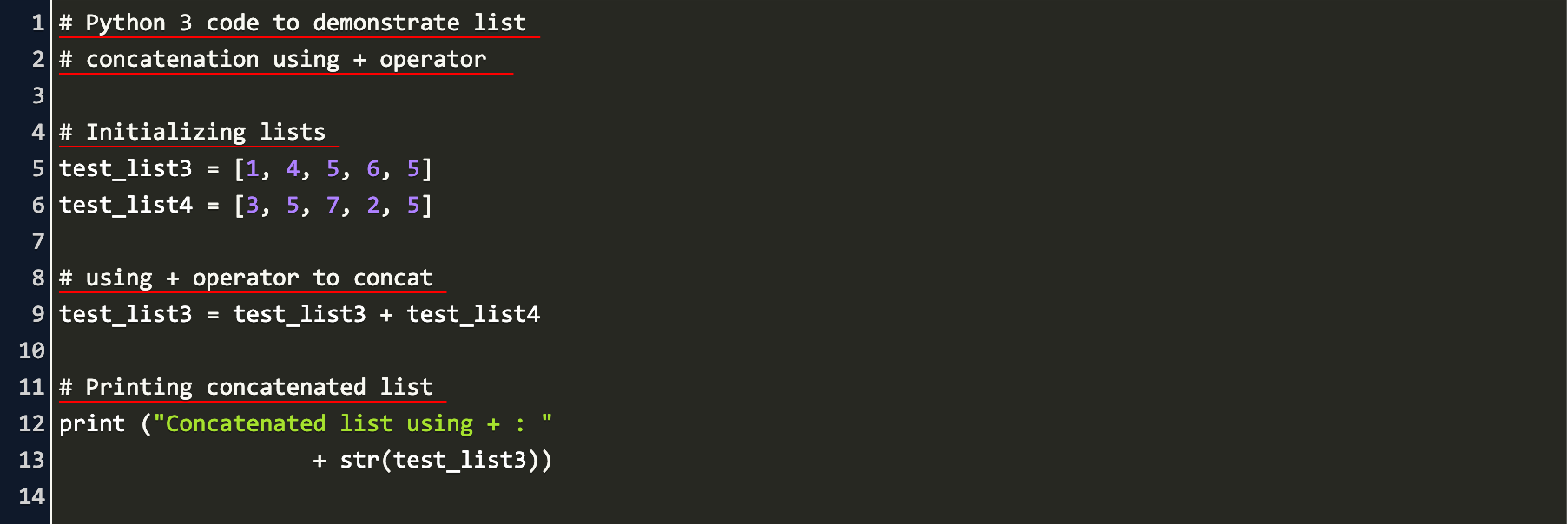
Merge 2 Arrays Python Code Example

Pin On Basic C Programs Advanced C Programs C Programming Language
C Program To Multiply Two Matrices
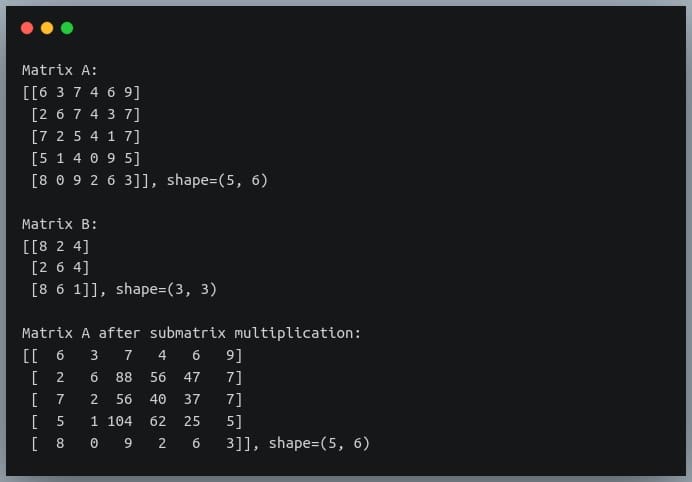
20 Examples For Numpy Matrix Multiplication Like Geeks

C Program Multiplication Of Two Matrices 2d Arrays Studytonight
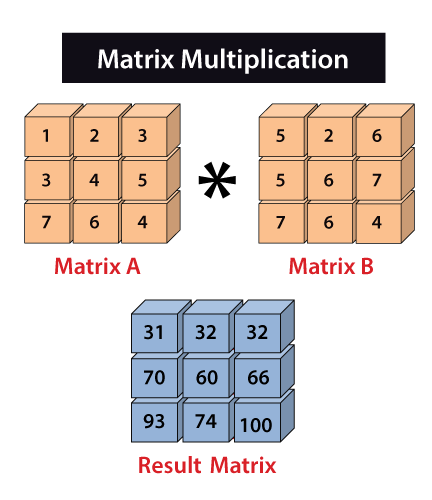
Numpy Matrix Multiplication Javatpoint
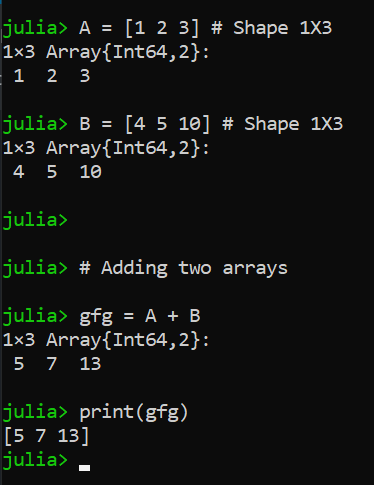
Mathematical Operations On Arrays In Julia Geeksforgeeks

Concatenate Two Arrays Python Code Example

Numpy Combine Two Arrays Into Matrix Code Example

Numpy 3d Array In Python Coding In Python Matrix Multiplication Inverse Operations
Numpy Matrix Multiplication Numpy V1 17 Manual Updated

Numpy Matrix Multiplication Numpy V1 17 Manual Updated

Numpy Matrix Multiplication Journaldev
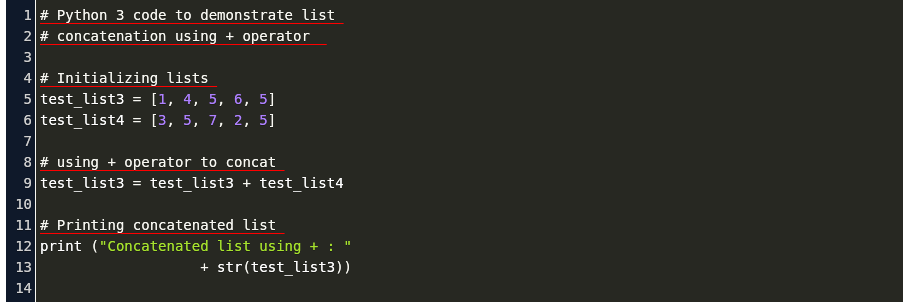
How To Join Two Arrays In Python Code Example

Numpy Matrix Multiplication Journaldev


